Comparison of A6000 VS. A7R
.jpg)
A7R (left) and the A6000. Note on the slimmer A6000 the left justified viewfinder and pop up flash. Don’t let the absence of the compensation dial and front dial fool you, all the setting are easily accessible with the Back Dial/Control Wheel combo.
If your photography budget won’t allow for an A7(R) then the A6000 (priced at $648 body only) may be the perfect choice. The A6000 has many similar features with the A7(R) and its later release has brought forth some new features like auto focus that can actually outperform the A7(R). If you want to see some pics taken with the A6000, here are some A6000 pics.
If one sentence could summarize the two cameras I’d say the A6000 is speed superiority and the A7(R) is sensor superiority. If you’re planning a day shooting action with Fast Hybrid AF (11fps) then I’d grab the A6000 when I head out the door. On the other hand if your day is planned using AF-S or manual focus and subjects are mostly stationary then certainly grab the A7R for it’s superb image quality. The A6000 has a 24mp APS-C sensor; the A7 and A7R (24mp and 36mp) have full frame sensors, when it comes to low noise and shallow depth of field, the A7(R)’s win.
The A6000 build is slightly smaller and lighter with no hump, the body is plastic and the LCD is nearly the same size. The smaller size is considerably less obtrusive, especially for street photography (use the E16-50mm for that P&S look). The A6000 EVF is positioned at the left side – a bonus for right eyed shooters. The A6000 has a pop up flash and a hot shoe.
The A6000 lacks a front dial and an exposure compensation dial. It seems this would leave the A6000 at a great disadvantage but that is not the case. The A6000 back dial can function as an exposure dial – nearly right where the A7(R) compensation dial is located and the Control Wheel can be assigned Aperture or SS depending on mode. When you get down to the nitty gritty, the difference is that the A7(R)’s Control Wheel can be disabled – a valuable setting if you’re likely to “dial” when you don’t want to “dial.” With the A6000, the Control Wheel would need to be “locked” and “unlocked” on an as needed basis to prevent accidental dialing. A long press of the Fn button will do the trick.
The W- batteries are the same for the A6000 and the A7(R). The batteries are light and easily carried in any pocket.
The A6000 has a EVF with lower resolution 1,440,000 vs. the A7(R) at 2,359,000. Overall, not noticeable.
Both are CMOS sensors, Bionz X processor.
A6000 focus points = 179
A7R focus points = 25
A7 focus points = 117
A6000 max shutter speed = 1/4000sec
A7R max shutter speed = 1/8000sec
A7 max shutter speed = 1/8000sec
A6000 has a built in flash, A7(R) none.
Continuous shooting
A6000 – 11 fps
A7R – 4 fps
A7 – 5 fps
*The A6000 does not include a cover for the hot shoe. This is a 2 cent item and I can’t believe it’s not included. If you look into the front of the hot shoe you’ll see lots of tiny electric contacts, making a cover an important part. To add to the problem, you can’t buy one from a camera retailer because it’s not considered an accessory, it’s a part. It’s best to buy a 3rd party one with a level, however, it won’t have the tongue on the front that goes under and covers the contacts. http://www.amazon.com/HDE-Circular-Bubble-Level-Camera/dp/B002UDX0M0
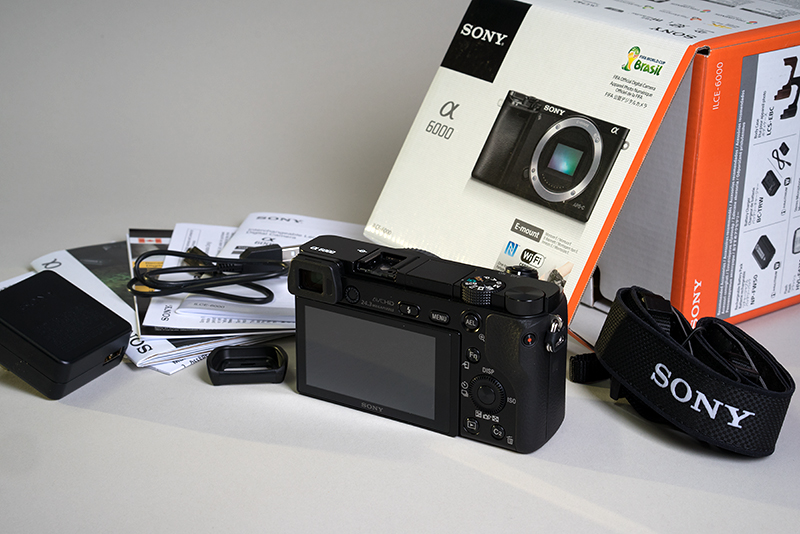
Notice the A6000 has a wall plug for charging. The A7(R) comes with a USB cord.
When you press the MENU button and compare the A6000 with the A7(R) you’ll be amazed how similar the menus are in content and arrangement. Here are some of the similarities and differences:
1. Same aspect ratios (3:2 and 16:9) are available with both cameras.
2. The A7R has Slow and High Continuous shooting, A6000 only has high speed continuous shooting.
3. The A6000 has an additional Focus Mode call Automatic AF. When selected AF-A decides if the subject is stationary or moving.
4. Both the A6000 and A7(R) have the same Focus Area’s – Wide, Zone, Center and Flexible Spot L-M-S.
5. The A6000 Focus Setting is fixed to the Center Button and does not appear as a Menu item. This is the setting that moves the focus points around the screen.
6. In camera HDR must be in JPEG only quality with the A6000 and A7(R) and unfortunately will not work with RAW + JPEG.
7. Both cameras have a MEMORY setting for personalized camera setups. The A6000 has 3 while the A7(R) only has 2, however; the A7(R) Memory setting appears on the Main Dial for easier access. The A6000 requires menu diving to use.
8. Both the A6000 and A7(R) have the same Manual Focus assist and Focus Magnif. Times and Peaking. A great feature for manual focus.
9. The A6000 has no built in LEVEL – some consider this a significant feature not present in the A6000.
10. Both have Live View Display setting effect ON/OFF – a needed feature when using manual flash or off-camera flash.
11. Both the A6000 and A7(R) can be set up to Auto Focus using the back button, and having the AF w/ shutter disabled. A very nice feature for primary manual focus with the occasional needed pop of the auto focus.
12. Both allow for mounting legacy lenses.
13. Both have the same exposure bracketing options: 0.3EV3, 0.3EV5, 0.5EV3, 0.5EV5, 0.7EV3, 0.7EV5, 1.0EV3, 2.0EV3, 3.0EV3
14. The Fn button allows for quick access to your personalized list of settings. This is a go-to button when actively shooting and is very valuable. Fortunately both the a6000 and A7(R) have the same settings available – 6 on the top row and 6 on the bottom row.
15 Both have the same WiFi options.
16. The A7(R) has Display Quality selections High and Standard, the A6000 does not.
17. The A6000 has a Shooting Tip List, a nice feature for beginning photographers, it’s well done.
VIDEO
1. Same file formats: AVCHD and MP4
2. Same video recording settings in the A6000 and A7(R).
3. The A6000 has Auto Focus Drive speed options, Fast, Normal and Slow. The A7(R) does not.
4. The A6000 has Auto Focus Track Duration options, High and Normal. The A7(R) does not.
5. Both have Auto Slow Shutter.
6. The A7(R) has Audio Out Timing, Live and Lip Sync. The A6000 does not.
7. The A6000 does not have an audio jack. This could be a deal breaker for some videographers.
CONTINUOUS HYBRID AUTO-FOCUS
When it comes to focus speed the A6000 is considered one of the best in it’s class. I found it to be superb in my tests and much better than the A7R. I mounted the FE 55mm f/1.8, set the camera to Continuous Shooting 11fps and Continuous Focus. I set the focus point to small spot. Small spot focus gives the photographer most control when doing a test. I did many tests and results varied depending on light and contrast of the subject. I found that in slow to moderate speed (horse trotting) the camera could capture a sharp image 50% – 80% of the time. Keep in mind, firing off 10 images can take place in a second, getting 5 that are sharp is pretty good.
Which lenses support Fast Hybrid AF? See the list here.
To be sure Fast Hybrid AF is functioning with your A6000/lens combination try this setup: Select Focus Mode AF-C, set Focus Area to Zone or Wide, make sure Lock-on AF with shutter is NOT selected. If you see the dancing squares then you are getting Fast Hybrid AF.
Go to the Sony site for the Lens firmware upgrade. As of this post, Sony has not added ILCE-6000 to it’s firmware list but you can use the NEX-6. Select Downloads, Operating System, then Lens Firmware Upgrade.
Keep an eye out at Sony for new firmware: ILCE-6000 Drivers and Software.
When set up for Continuous Shooting @ 11fps, the A6000 experience is a pleasure when tracking subjects. There is nothing more than a flickr of the image and no black screens, tracking is as simple as it gets. It feels like a video is being recorded. The A7R is a bit more of a challenge; the first image begins with a black screen so you have to be prepared to loose your subject, but all subsequent images are flickers and it becomes easy to track the subject. My suggestion is to start Continuous Shooting before you really want to track. Quite a bit different is the DSLR, remember it has a mirror that flips up for each exposure, so all images are preceded by a black screen. The sequence becomes a constant blinking of the black screen.
The 6 images above, FE 55mm @ f/1.8, 1/4000sec. ISO100, Continuous Shooting, Continuous Focus, small spot focus positioned on riders face.
1. Sharp
2. Sharp
3. Sharp
4. Not Sharp focus on bridle area
5. Sharp
6. Sharp
The 9 images above, FE 55mm @ f/2.5, 1/4000sec. ISO250, Continuous Shooting, Continuous Focus, small spot focus positioned on riders face.
1. Sharp
2. Sharp
3. Not Sharp, focus slightly behind – on horses rear leg and tail
4. Not Sharp, focus slightly behind – on horses rear leg and tail
5. Not Sharp, focus slightly behind – on horses rear leg and tail
6. Sharp
7. Sharp
8. Sharp
9. Sharp

The more I shoot the A6000 the more I am impressed with it’s auto focus. In bright light it had no problems tracking a lacrosse player with continuous AF, continuous shooting and Small Focus area. FE55mm f/1.8 taken at f/2.8 1/1250sec.
IMAGE QUALITY
**First I mounted the 35mm FE f/2.8 on the A6000 and the 55mm FE f/1.8 on the A7R for a similar focal length.** Both lenses are known for excellent image quality. Both cameras had the same manual setting and focus was manual in the center. The images for the A6000 were up-res’d using bicubic smoother in Adobe CS6. Images were opened in 16-bit and crops and web shots were saved, JPEG Highest quality. No other post processing. There are probably other ways to do this experiment but this is about as scientific as I want to be.
How about Bright conditions?
Brightly overcast conditions allow for low ISO and good dynamic range. The A6000 performs nearly as good as the A7R when the limits of light are not pushed. I used a higher shutter speed to eliminate shutter vibration, known to be an issue in the A7R. 1/400sec is good enough to eliminate that factor. With some pixel peeping you can see that the A7R has improved quality, but they are NOT “worlds apart.”

Camera settings A6000 and A7R: f/5.6, 1/400sec. ISO320. Manual Focus on door in center of image.

100% crop in center of image.
How about a very dark room?
Now we are talking extreme! This room has very low light, the ISO was tested for both cameras at ISO 16,000 and ISO 8,000. As a side note, I did a few impromptu tests in this dark room and the A6000 focused on points that the A7R could not.

Settings for both cameras were the same. F/5.6, 1/8sec, ISO 16,000 and a second set was F/5.6, 1/4sec, ISO 8,000.

The A7R has substantially more detail than the image from the A6000.

As expected even at ISO 8000 details in the A7R are much better.
How about dynamic range?
Straight out of the camera it appears the dynamic range is about the same, however when the shadow slider is raised you can see a much higher quality of shadow detail in the A7R. Focus was manually set at the left post of the step railing. You should be able to notice the shallower depth of field with the A7R – the chair back is not as sharp and the trees through the window are softer.

This is the A7R out of camera image. Both cameras set for f8.0, 1/15sec. ISO400. Exposure was carefully set to the right (ETTR) on the histogram, blinkies occupied about 1/4 of the window area.

By raising the shadow slider there is a much higher quality of detail from the A7R. However, when inspected straight out of the camera the noise in the A6000 is buried in the shadows and not all that apparent.
For those looking for a compact interchangeable lens camera with good quality performance, the A6000 is a bargain. It performs superbly with auto focus in low light and continuous focus of a moving object. The A6000 sensor does not perform as well as the A7R’s sensor but if you’re NOT pushing the envelop of high ISO and dynamic range, images taken with the A6000 will be very pleasing. As I stated in the beginning, the A6000 is speed priority and the A7(R) is sensor priority. For me personally I own both for the best combination; great image quality with the A7R and Fast Hybrid auto focusing with the A6000.

.jpg)
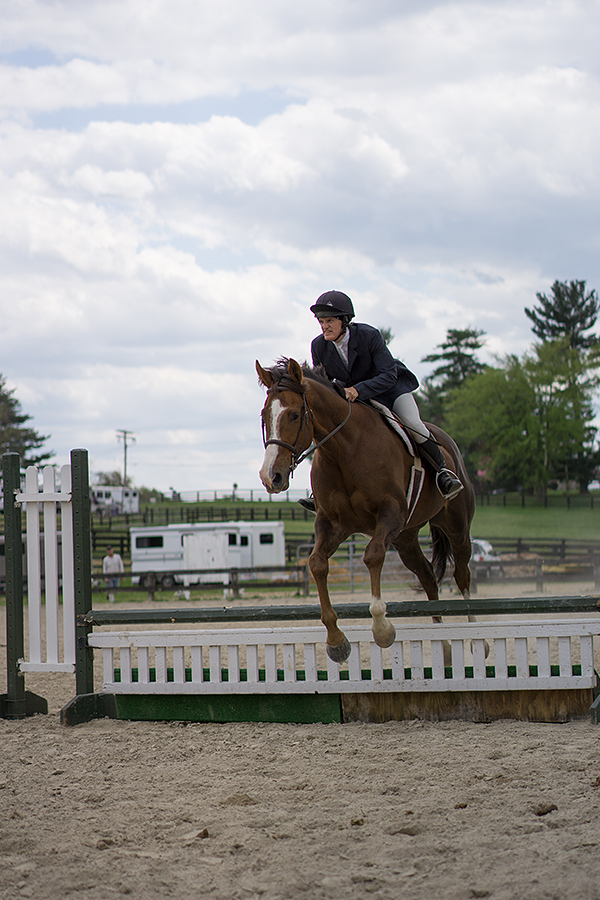
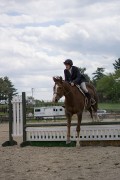

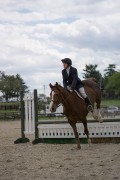

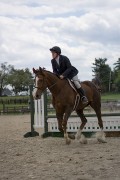
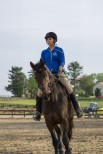
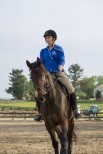

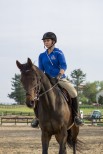
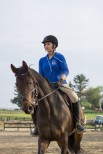
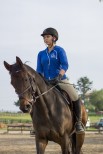
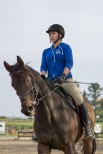
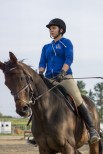
[…] Sony A6000 […]
[…] a6000. Go to Reallyrightstuff.com to pre-order. Price for the modular set is $120. A6000 review at Beforethecoffee. Sony HX400V review at […]
Wow, excellent post. This is the kind of comparison that really helps the rest of us. I have the A6000 and I’m very happy with it. I am considering an A7 (gear lust!) but I might wait for the next iteration. In the meantime, my D600 is already on eBay.
I loved the sensor in the D600 combined with the 50mm 1.8g, but shutter shock and mirror slap really started to bother me when I realized I could not get a sharp picture easily at 1/60th with that lens. Very subjectively, it seems to me that the new shutter mechanism Nikon put in my camera (because of the dust on sensor issue) causes more shake than the original. I can feel the recoil in my wrists and I never noticed it before. I wonder if other D600 owners had the same experience.
I tried the A6000 with my Nikon 180mm 2.8 prime, and I can shoot really slow without any shake. That pretty much negates the high iso advantage right there.
Anyway, thank you this!
Re: “2. The A7R has Slow and High Continuous shooting, A6000 only has high speed continuous shooting.”
The a6000 has high, medium and slow settings for continuous shooting.
[…] LensVid posted that video review of the A6000 with the Nanoha 5X Lens Review. A great Introduction to Super Macro Photography! Gary Fong is going to B&H in NYC (Click here to read more about the event). Sony A6000: Sensor Quality at ISO 100 (Diglloyd). Sony Cybershot DSC-RX100 M3 : real world sample images (Dpreview). The Sony A6000 Digital Camera Review. Sony steps it up again! by Steve Huff. Sony A6000 Shooter’s Report Part II: Focusing on a world in motion (Imaging Resource). Sony A6000 Digital Camera Review at Cameras.Reviewed. Sony a6000 and Sony Zeiss Sonnar T* FE 55mm f/1.8 ZA Lens – The best of Sony (Soundimagesplus). Sony a6000 – The Positives (Soundimagesplus). Alpha Dog: How Sony Created the Most Innovative Camera Brand in Under a Decade (PetaPixel). Sigma 50mm F1.4 ART Review (on Canon) at Willchaophotography. Sony a6000 vs Panasonic GX7 Video Quality test by Sebastian Castilho on Vimeo. A6000 vs. A7(R) at Beforethecoffea. […]
[…] […]
Great review, just a couple of points I think are worth a mention. Firstly the bodie on the A6000 is magnesium alloy just the front plate is abs, and last but not least the a6000 also has a slow continuos shot mode, just right click on the continuos mode icon and you are presented with another menu, once again thanks for the review.
Ian
I wish Sony would add option on custom buttons to turn Live View on and off. It is nestled in there menu, but would be much quicker to use the C1 or C2 button. The live view can be way too dark to see in dark environments with faster shutter speeds and flash. This option would simplify my work flow.
A very interesting and cool comparison. It just shows what an amazing camera Sony has made in the a6000. I own the a6000 and A72 and the a6000’s AF is so much snappier/quick to fofus. And grab onto a face with face detect AF – impressive! Thanks.
I’ve been agonizing over whether I should get the a6000 or the A7 and I think this review confirms that I should get the a6000. The difference isn’t worth the price difference. The a6000 is already better than my Canon 7D in my opinion. Thank you! Adam
Thank you for your well written and very useful comparison review. I now have an A7 and an A6000. The A6000 is mostly fitted with my FE 70-200 G lens. The only thing I miss on the A6000 is the spirit level. Otherwise, it is a great companion to the A7.
hi – I bought this camera and in the house in low light I find that when in a vertical position the screen finder stays black for a prolonged period of time. As soon as I tilt it horizontal the image preview shows right away. Its very annoying. Have you heard of this or is there a fix? It happens under the auto setting and auto plus settings frequently. Somewhat less in portrait if I manually jump up the light but it still happens. I know its prob a low light issue but its not DARK in the room and no other camera I have had does this. Thoughts or suggestions?